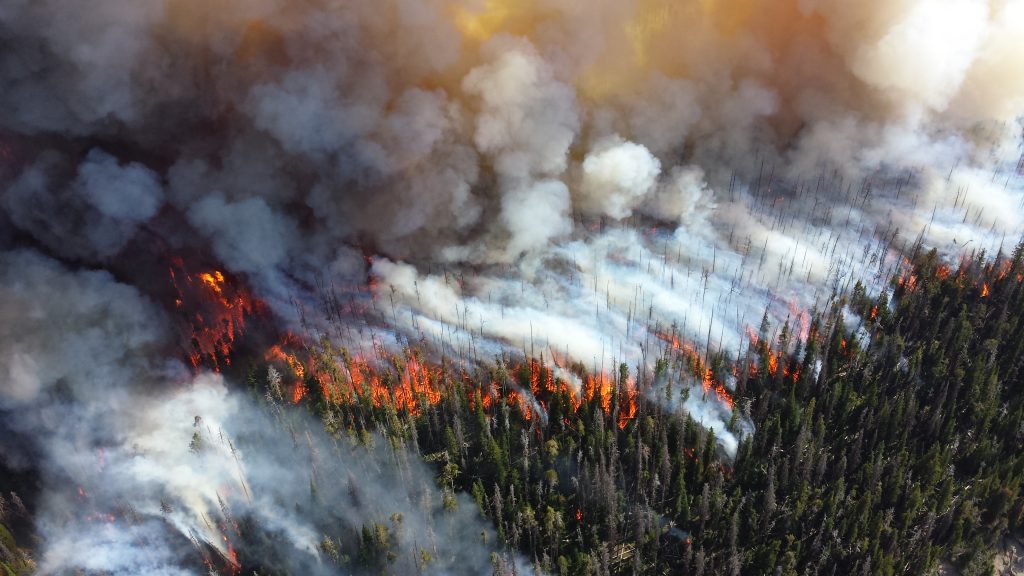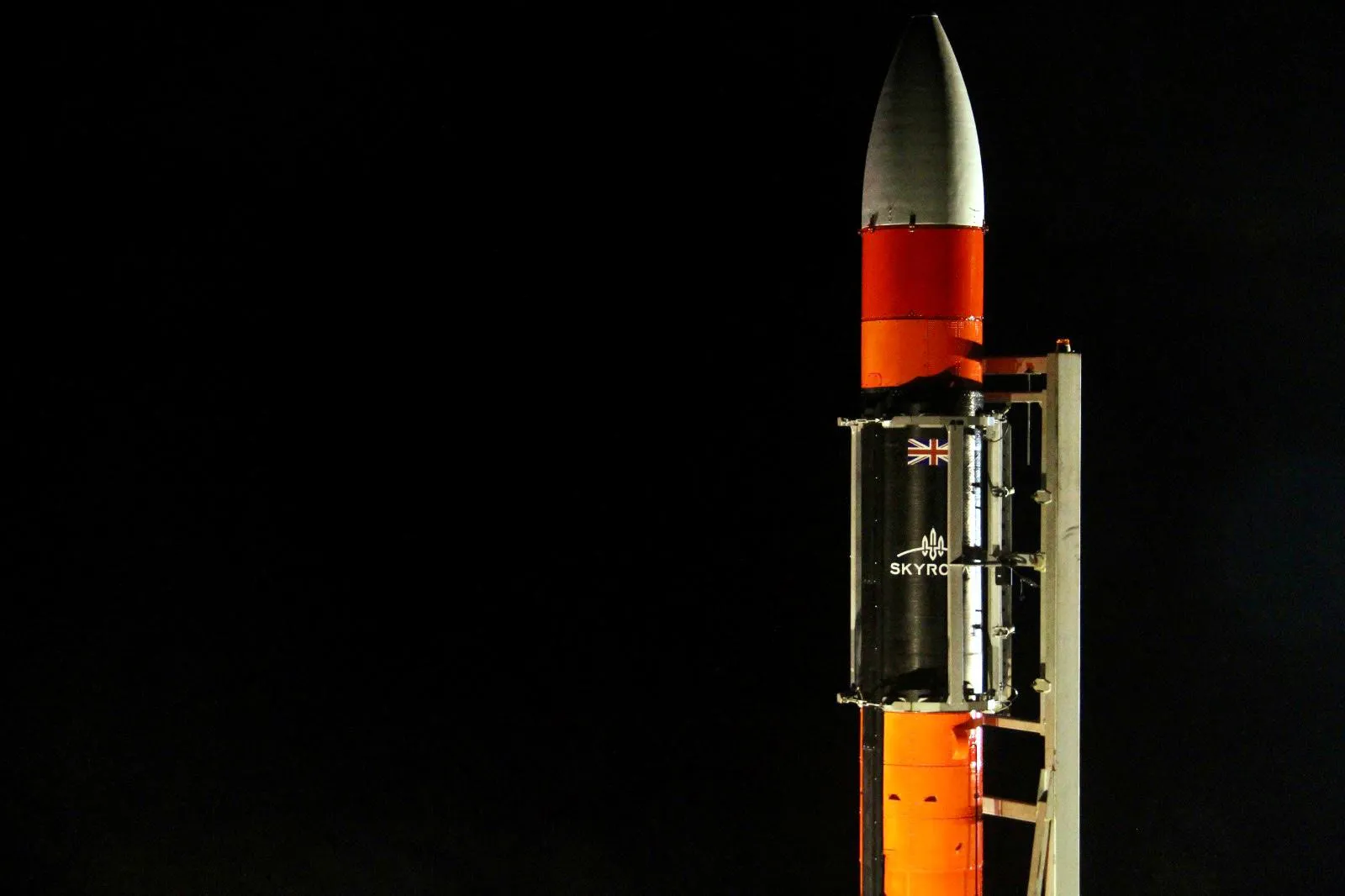The use of satellite technology for disaster management and relief

Satellite remote sensing is one of the primary support tools for disaster management. Satellite remote sensing covers wide-ranging areas and operates continually during all hours and through all types of weather. It is used to survey the Earth’s surface and atmosphere to study global environmental problems, monitor disasters and explore resources.
The application of satellite remote sensing to disaster management support under an international framework began in 2000, when satellite-based Earth observations for rapidly assessing disaster situations globally were started by the International Charter and the United Nations.
Remote sensing can aid in disaster management and relief through a range of different areas, including hazard mapping; landslide early warnings; volcano and land subsidence monitoring; wildfire early detection and control, and tsunami response. Hazard mapping involves the use of satellite imagery and data to create a hazard map using sharpened imagery and a digital surface model to show the predicted damage range of a hazard.
Landslide early warnings can also assist in disaster management and relief, whereby the development of an algorithm that determines landslides as follows: a rainfall event is defined by short-term precipitation by the hour and long-term precipitation measured through soil moisture. The criteria of early warnings are then determined as a critical line on a plane of land by analysing archived past rainfall events that did not accompany a landslide.
Volcano and land subsidence monitoring is an urgent task in areas such as the Philippines. Satellite remote sensing can measure the displacement of the Earth’s surface by applying and interferometric method to two images of the same area gathered from slightly separated positions. The use of satellite data to monitor volcanic activities has been successfully demonstrated in various locations across the Philippines, such as Mt. Mayon and Valley Fault.
Wildfires are a major and recurring phenomenon that have serious impacts on property and human health, affecting many countries. A typical method of effectively and comprehensively detecting active wildfires by satellites is to identify pixels that contain actively burning fires by detecting thermal infrared radiation emitted, although optical sensors can detect some wildfires by identifying their smoke.
During the first stages of a crisis brought about by a tsunami, satellite maps are used to assess the extent of the emergency. In emergencies such as tsunamis, satellite-based imagery is most useful for relief coordination and information gathering. Tsunami maps help agencies involved in coordination, as well as in logistics and distribution.
Geographic information can also be an important component in fundraising and can help donors assess the amount of effort required. During relief operations, high-resolution imagery can be particularly useful to operators on the ground; comparing maps with satellite images taken before the disaster helps relief workers to locate villages that are no longer visible on the ground.
This process of comparing pre- and post-disaster images is becoming common as a way of confirming initial estimates of impact and needs assessments. Cross-checking information derived from space maps with findings from assessment missions could be an important way of improving the efficacy of humanitarian relief.
Satellite communication tackles the need for on-site transportation of telecommunication equipment, due to the use of small aperture earth stations and vehicle-mounted earth stations that provide emergency telecommunication services for relief operations.
While the cost of weather-related disasters is unavoidable, the impacts on affected populations can be minimised by implementing an efficient disaster management policy, using a diverse range of communication services. The time and locations of each disaster is unpredictable, and the resulting damage includes loss of infrastructure, especially communication infrastructure.
References:
1. Science Direct (2019), International Journal of Disaster Risk Reduction
2. Access Partnership (2020), Satellite Services for Disaster Recovery and Relief
3. Humanitarian Practice Network (2006), Using Satellite Imagery to Improve Emergency Relief



